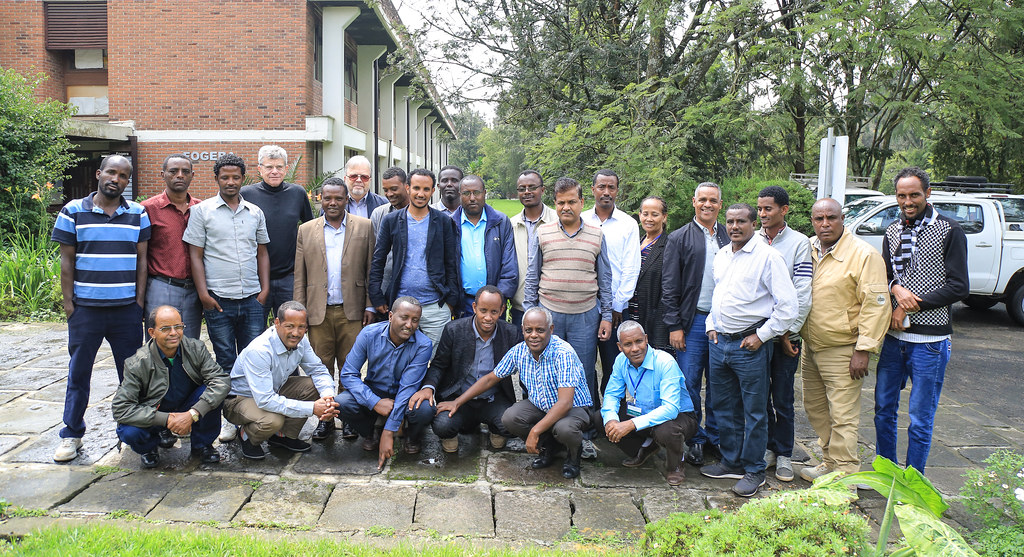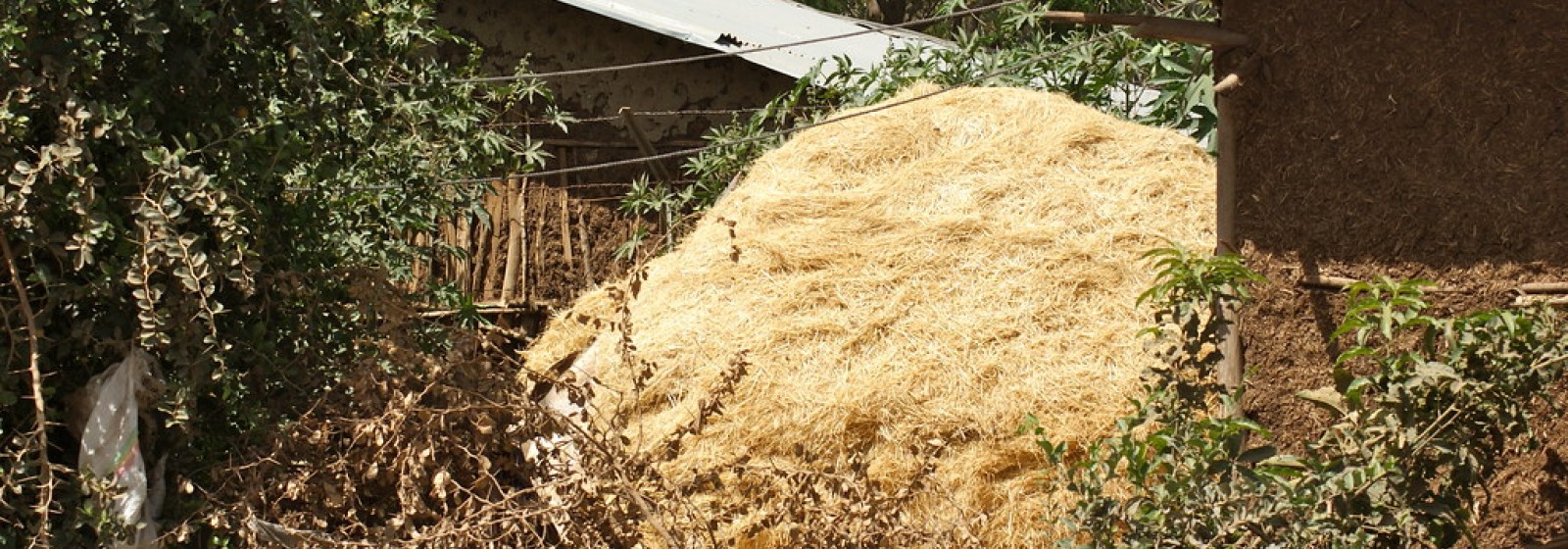Livestock value chains (LVC) interventions are often planned and implemented without knowledge of current and future feed resource needs. In many cases, LVC development initiatives, which may seek to improve animal-source food production such as in dairy, beef, chicken or pigs, end up increasing competition for feeds between livestock and making feeds more expensive for farmers.
Knowing the available feeds resources and how to manage them efficiently in complex and rapidly changing livestock production environments, can help address these challenges.
Tools and approaches for estimating feed supply and demand in sufficiently disaggregated forms can enable realistic assessments of achievable productivity gains and greater economic benefits from LVC interventions. These feed supply and demand estimates can also provide market intelligence to decentralized small- and medium-scale feed and fodder businesses enabling them to take up current and future feed supply opportunities.
In Ethiopia, the development of tools and approaches for estimating feed supply and demand is a key goal of the International Livestock Research Institute (ILRI)-led CGIAR Research Program on Livestock. The livestock program is working with the Ministry of Livestock and Fisheries, the Ethiopian Agricultural Transformation Agency (ATA) and the Indian Council of Agriculture Research (ICAR) in collaboration with ACDI-VOCA to address feed shortage problems in the country.
A training workshop on the design and construction of interactive feed supply–demand scenarios for Ethiopia took place earlier this month (1-3 August 2017) at the ILRI campus in Addis Ababa and was attended by 30 experts from four regions of the country.
Using experiences in pioneering the design and construction of feed supply–demand tools in South Asia (India), ICAR representatives shared their experiences in developing a ‘FeedBase’ tool for Ethiopia. Ulavappa Angadi, a bioinformatics specialist at ICAR said the Ethiopia prototype is based on regional and district sample data collected by ATA. Participants discussed and contributed to the improvement and customization of the tool for the Ethiopian context.
FeedBase is a feed balance sheet that is used to match up available feeds that are needed to support the livestock population in a production system. The database lists feed resource availability and feed requirements in a particular district or region using crop production statistics and land use data to calculate the feed availability from district to national levels. Livestock census data is used to estimate feed demand. Policymakers, planners, agricultural extension officers, researchers and feed producers can then use this information to make appropriate decisions in allocating animal feed resources.

Carl Birkelo, chief of party and technical advisor at ACDI-VOCA, said that access to adequate animal feeds is a significant challenge for livestock farmers in Ethiopia. Livestock is an integral part of the livelihoods of a large portion of country’s population but productivity is low because of feed constraints. According to Birkelo, using the FeedBase tool will lead to better management of feed resources to match the livestock needs in specific regions and it will help identify new opportunities for improving feed productivity.
Animut Getachew, senior technical expert in the livestock program at ATA said that the tool will also enable the design of appropriate interventions to systematically allocate feed resources, show the opportunities for scalable commercial aggregation and value addition of surplus feed for trade that can be used in feed deficit areas.
As a departure from the original FeedBase concept, Michael Blümmel, deputy program leader of the Feed and Forage Development program at ILRI pointed out that the tool developed for Ethiopia will have interactive features that will allow users to test and prioritize possible feed and animal interventions. The tool will also be generic, in that its framework and architecture can be used in different countries for the development of country-specific feed supply demand scenarios.
Participants noted that the successful development of the tool in Ethiopia will depend on the availability of sufficient, reliable and harmonized data from different regions and adequate financial resources.
